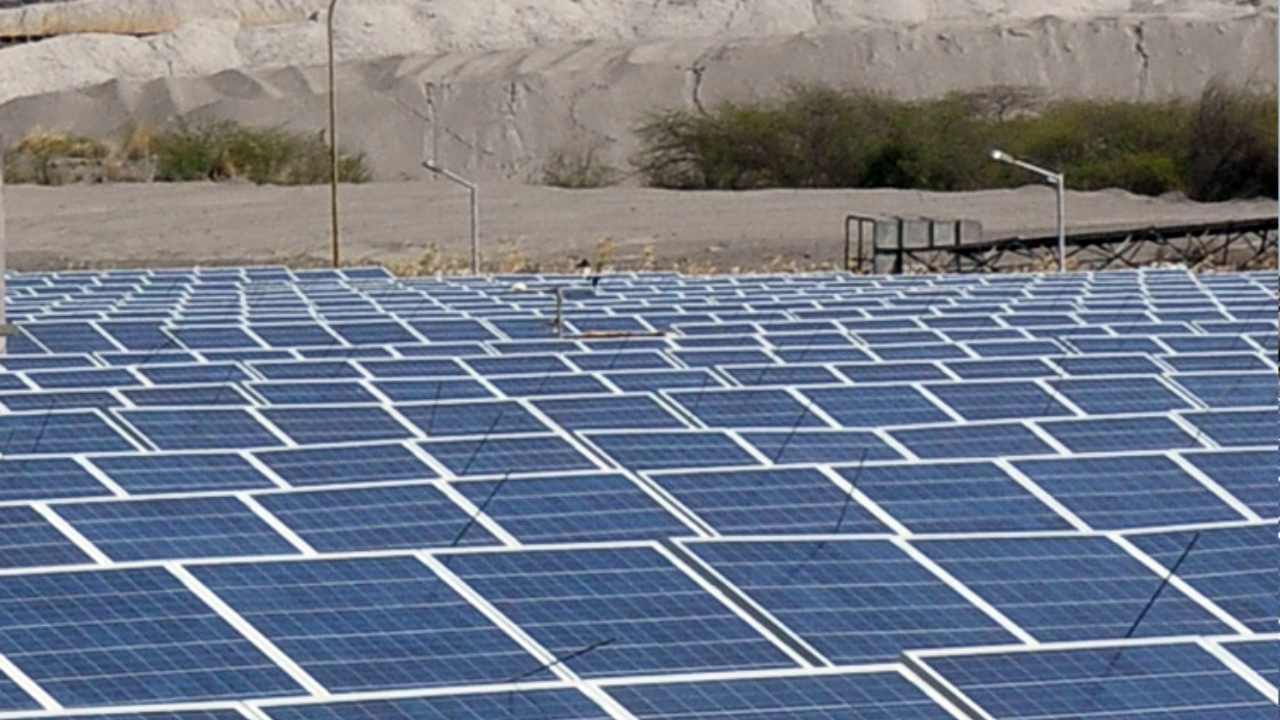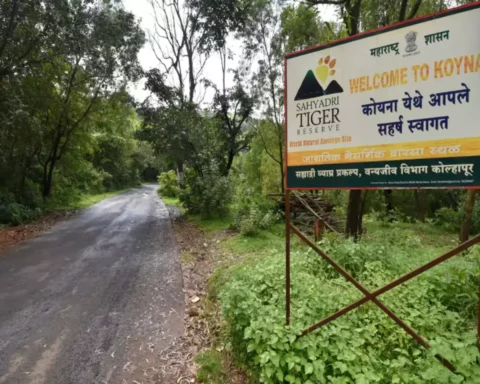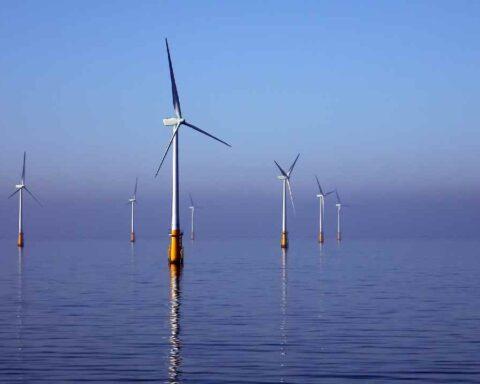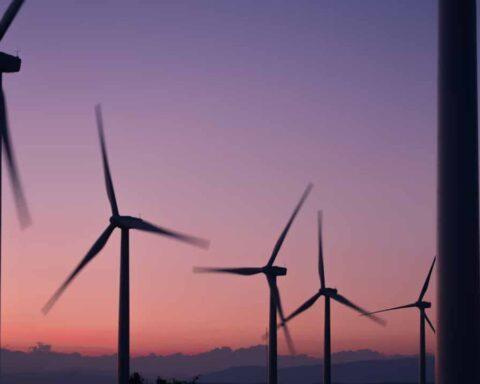In a bid to increase green footprint in the country, NTPC is striving to augment its green portfolio through the implementation of renewable projects. These projects will play a significant role in the progress of the nation and will help to boost green energy security for India.
Prime Minister Narendra Modi last week laid the foundation stone for NTPC green projects including the NTPC Nokh Solar Project in Jaisalmer district of Rajasthan, the Green Hydrogen Natural Gas blending project at NTPC Kawas in Gujarat and the Green Hydrogen Mobility Project in Leh, Ladakh.
As a step toward the country’s de-carbonization commitments and Carbon Neutral Ladakh (CNL), NTPC has taken up India’s first Green hydrogen mobility project with Fuel Cell Electric Vehicle at Leh. The Green Hydrogen Mobility Project at Leh, Ladakh is the first pilot project with the deployment of Fuel Cell Electric Vehicles (FCEVs) for public use in India. The state-owned companies have joined forces to execute the Green Hydrogen Mobility project in the Union Territory.
Further, NTPC is developing a 735 MW Solar PV Project in Nokh in Rajasthan. This is India’s largest Domestic Content Requirement (DCR) based Solar project with 1000 MWp at a single location deploying high-wattage bifacial PV Modules with a tracker system. Owing to the tracker technology, the project will provide optimum energy yield output maximizing the utilization of solar energy received. The project, once commissioned would provide approximately 1.78 million Tonnes of CO2 emission reduction per year leading to 41 million tonnes of CO2 emission reduction throughout the life of the project of minimum 25 years.
Also, the NTPC Kawas Gas blending project is the first of its kind in the country where hydrogen will be blended with piped natural gas for domestic usage. Initially, five percent hydrogen of the total gas supply will be blended which will be gradually increased to 20%. The gas will be supplied to 200 homes in Aditya Nagar residential colony of NTPC Kawas in Hazira. With this, NTPC will mitigate 200 kg of carbon generation every year.0
Further, the project is targeted to use 100 standard cubic metres of daily of gas for consumption in 200 households. The plant will be equipped with a 6.5KW polymer electrolyte membrane with one standard cubic meter per hour (scmh). The hydrogen generation plant will be operated using power generated through a 1 MW capacity floating solar power plant at NTPC Kawas.
NTPC’s capacity addition program is in line with India’s commitment to UN Climate Change Conference at Glasgo w at COP-26. The power major’s goal is to achieve a non-fossil energy capacity of 500 GW by 2030 as part of NTPC’s UN Global compact commitment.





























